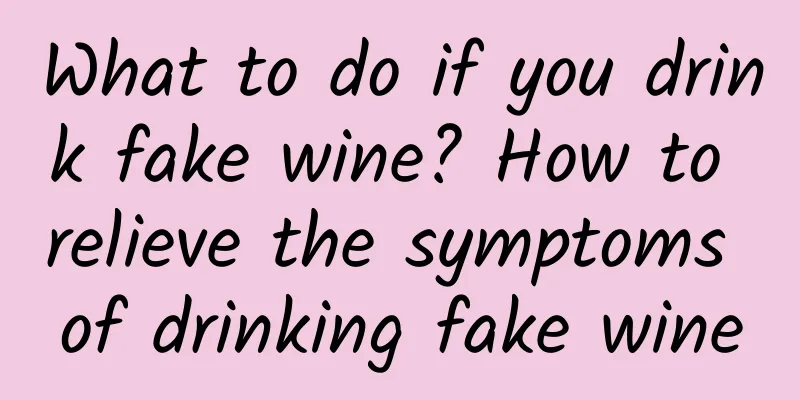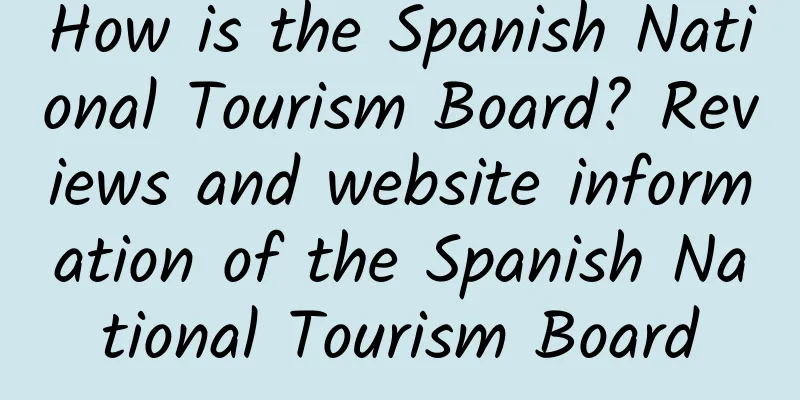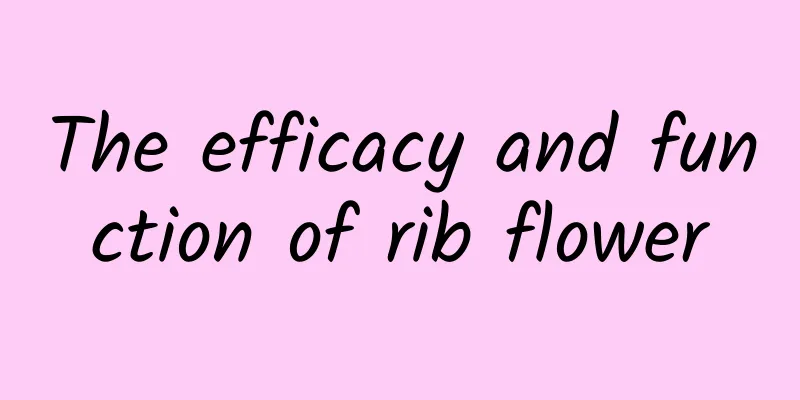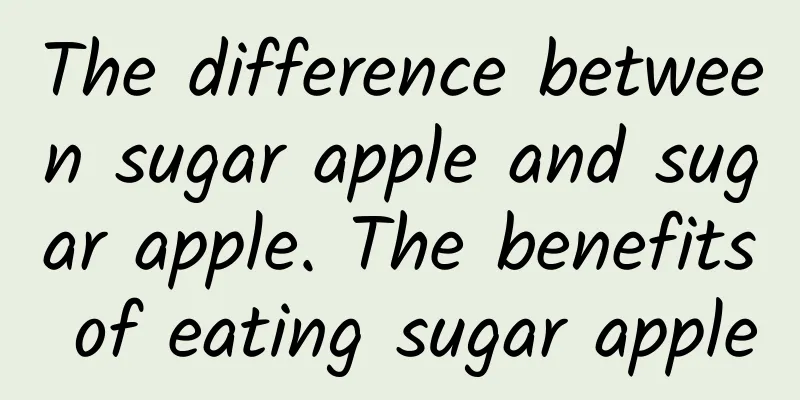What is the World Wildlife Fund? World Wildlife Fund reviews and website information
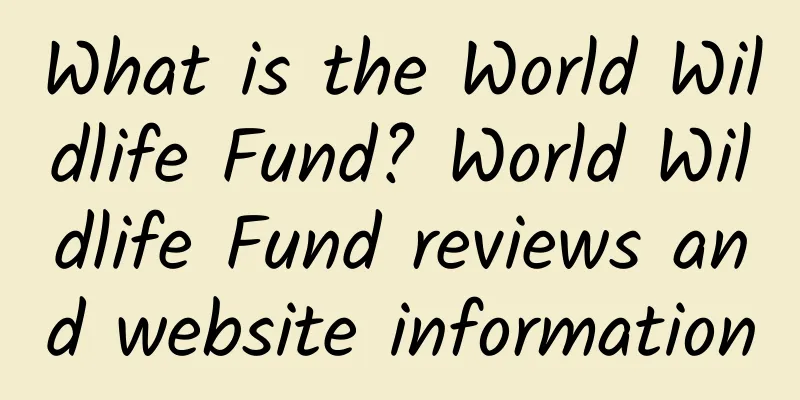
|
What is the WWF website? The WWF (World Wide Fund for Nature) is a non-governmental international organization founded in 1961 and headquartered in Switzerland. It was formerly known as the World Wildlife Fund and its logo is a giant panda. The purpose of WWF is to stop the accelerated deterioration of the earth's natural environment and create a world where people and nature live in harmony. Website: www.wwf.org The World Wide Fund for Nature (WWF) is one of the most influential environmental organizations in the world. Founded in 1961 and headquartered in Gland, Switzerland, its iconic giant panda image is deeply rooted in people's hearts, symbolizing the protection of endangered species and concern for the natural environment. As an international non-governmental organization, WWF's mission is to stop the accelerated deterioration of the earth's natural environment and is committed to creating a future in which humans and nature coexist in harmony. Background of the establishment of WWFIn the 1960s, global environmental problems became increasingly serious. Deforestation, species extinction, and increased pollution attracted widespread attention from the international community. Against this backdrop, a group of scientists, environmentalists, and business leaders jointly initiated the establishment of the World Wildlife Fund. Initially, the organization was called the World Wildlife Fund, and its goal was to raise funds to support wildlife conservation projects around the world. On September 11, 1961, WWF was officially registered in Switzerland. Its founding members included British biologist Julian Huxley and Swiss environmentalist Luke Hoffman. At the beginning, WWF's main task was to protect endangered species, especially iconic animals such as giant pandas, tigers, and elephants. Over time, WWF gradually expanded its scope of concern to a wider range of environmental protection. WWF's core missionWWF's core mission is to protect the Earth's biodiversity, ensure the sustainable use of natural resources, and promote the harmonious development of humans and nature through scientific research and practical actions. To achieve this goal, WWF has carried out a series of projects and initiatives around the world, covering the following major areas:
WWF's global impactAfter more than 60 years of development, WWF has become one of the world's largest environmental organizations, with its influence in more than 100 countries and regions. WWF has promoted a series of far-reaching environmental projects through cooperation with governments, enterprises, non-governmental organizations and communities. For example, WWF has made remarkable achievements in protecting giant pandas. By establishing giant panda reserves, conducting scientific research, and promoting community participation, WWF has helped the giant panda population gradually recover from its endangered state. In addition, WWF has also made important contributions to protecting the Amazon rainforest, saving African elephants, and restoring the ecology of the Mekong River Basin. WWF's global influence is not only reflected in its project results, but also in its impact on international environmental policies. WWF actively participates in international environmental negotiations such as the United Nations Framework Convention on Climate Change and the Convention on Biological Diversity, providing scientific basis and policy recommendations for global environmental governance. WWF PartnersWWF's success is inseparable from its extensive network of partners. WWF has established close cooperative relationships with governments, international organizations, businesses, non-governmental organizations and communities to jointly promote the development of environmental protection. In terms of corporate cooperation, WWF has established strategic partnerships with many world-renowned companies to jointly promote the development of sustainable business models. For example, WWF cooperates with Coca-Cola to promote water resource protection and sustainable agriculture; cooperates with IKEA to promote sustainable forestry management; and cooperates with Walmart to promote the sustainable development of the supply chain. In terms of community cooperation, WWF promotes community participation in environmental protection by working with local communities. For example, in community conservation projects in Africa, WWF works with local residents to protect wildlife and their habitats while improving the livelihoods of local communities. Public Engagement at WWFWWF is well aware of the importance of public participation in environmental protection, and therefore encourages the public to participate in environmental protection in a variety of ways. WWF's official website (www.wwf.org) provides a wealth of environmental information and resources, through which the public can learn about environmental issues, participate in environmental protection activities, and support WWF projects. In addition, WWF also raises public awareness of environmental protection through social media, charity events, educational projects, etc. For example, WWF holds the "Earth Hour" event every year to encourage the global public to turn off unnecessary electrical appliances at a specific time to express support for environmental protection. WWF's Vision for the FutureLooking to the future, WWF will continue to be committed to protecting the earth's natural environment and promoting the harmonious development of mankind and nature. WWF's goal is to achieve the restoration of global biodiversity, effective response to climate change, and sustainable use of natural resources by 2030. To achieve this goal, WWF will continue to strengthen cooperation with all parties, promote scientific research and innovation, and advocate sustainable development policies and practices. At the same time, WWF will continue to encourage public participation and inspire the enthusiasm and sense of responsibility of the global public for environmental protection through education and action. How to support WWFIf you want to support WWF's environmental protection work, you can participate in the following ways:
As one of the most influential environmental protection organizations in the world, WWF has always been committed to protecting the natural environment and biodiversity of the earth. Through scientific research and practical actions, WWF has made important contributions to creating a future where humans and nature coexist in harmony. Each of us can support WWF's environmental protection cause through our own actions and jointly protect our beautiful earth. |
<<: What is Mobile.de like? Mobile.de review and website information
>>: How is Bandai Film? Bandai Film review and website information
Recommend
The efficacy and function of green olives soaked in water
Green olives are the mature fruits of the olive t...
Catfish stewed with eggplant recipe and efficacy
Have you ever eaten catfish stewed with eggplant?...
Nutritional value of purple corn What are the benefits of eating purple corn
Purple corn is a variety of corn. It is said to b...
What are the benefits of white vinegar? Introduction to the uses of white vinegar
People who often cook must be familiar with white...
Nutritional value of sweet corn
Sweet corn is a special variety of corn, also kno...
What is Semola Energy like? Semola Energy reviews and website information
What is Sempra Energy? Sempra Energy is a well-kno...
The efficacy and function of lotus root
Lotus root is a kind of vegetable that we often t...
What are the benefits of eating more apples?
Apple is a very good fruit and is suitable for ma...
Difference between white millet and yellow millet
Millet is a health-preserving food that people of...
How to Ripen Green Mangoes
Mango is a tropical fruit. In order to preserve m...
How are Dunlop tires? Dunlop tire reviews and website information
What is Dunlop Tire? Dunlop Tires is a famous Brit...
What is CVS Health like? CVS Health reviews and website information
What is CVS Health? CVS Health is the largest drug...
The efficacy and function of peanut shells
People have different definitions of peanut shell...
The efficacy and function of squirrel tail
Do you know the squirrel tail? The squirrel tail ...
Ingredients and methods of sponge gourd and shrimp
Luffa is one of the vegetables that many friends ...




